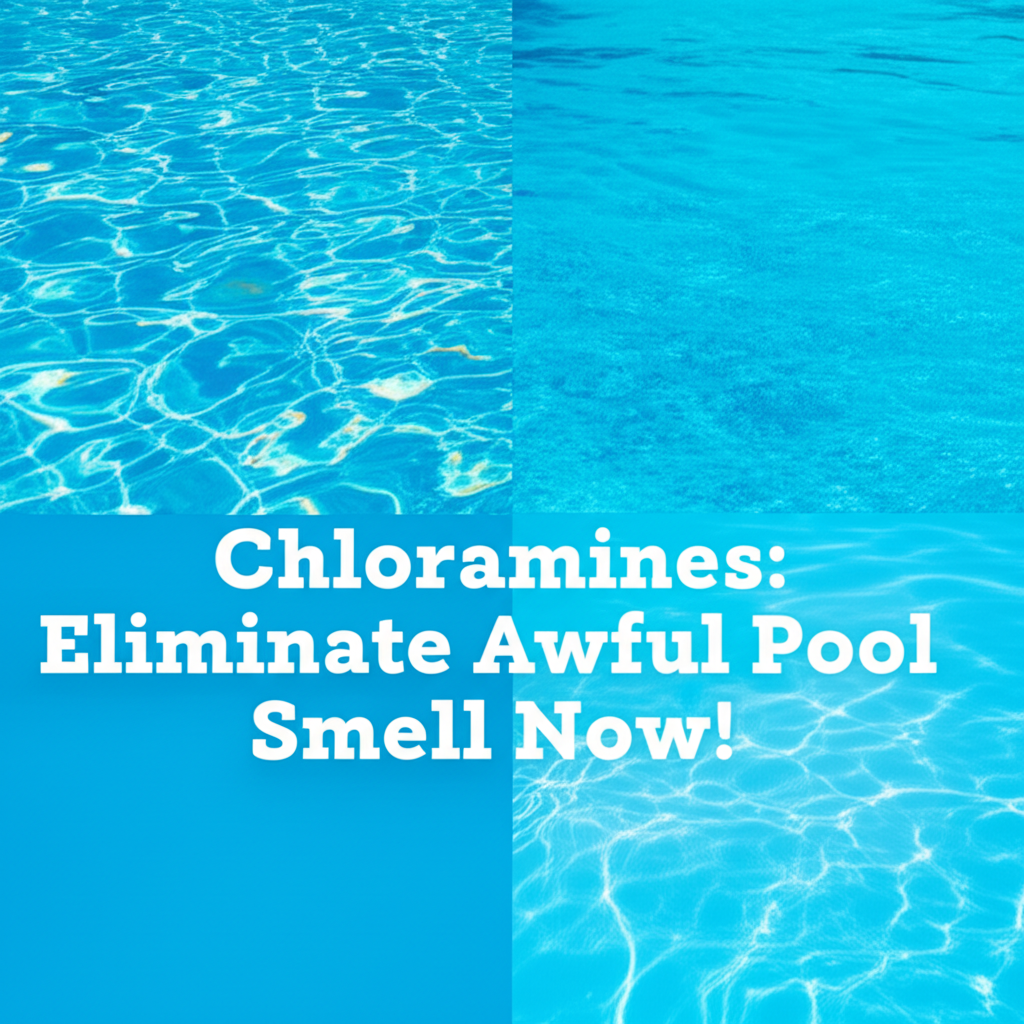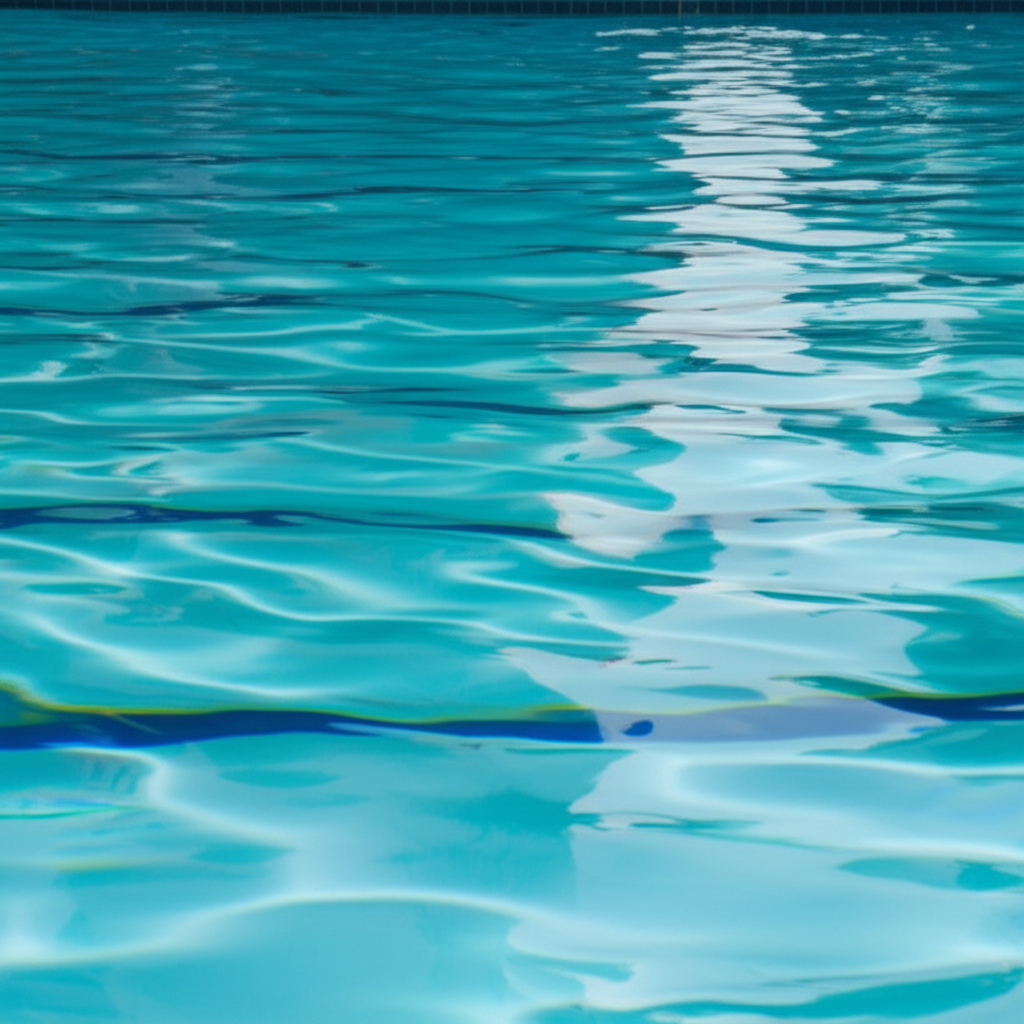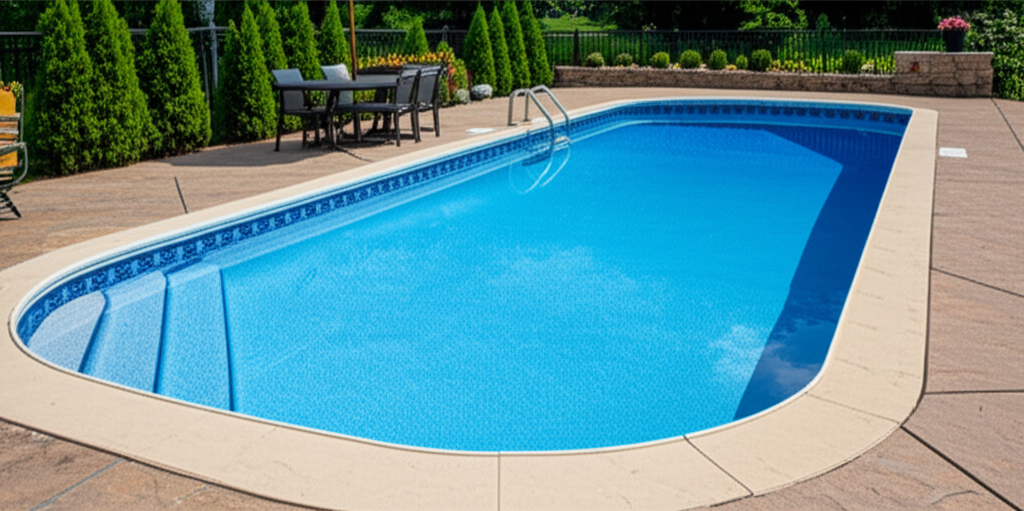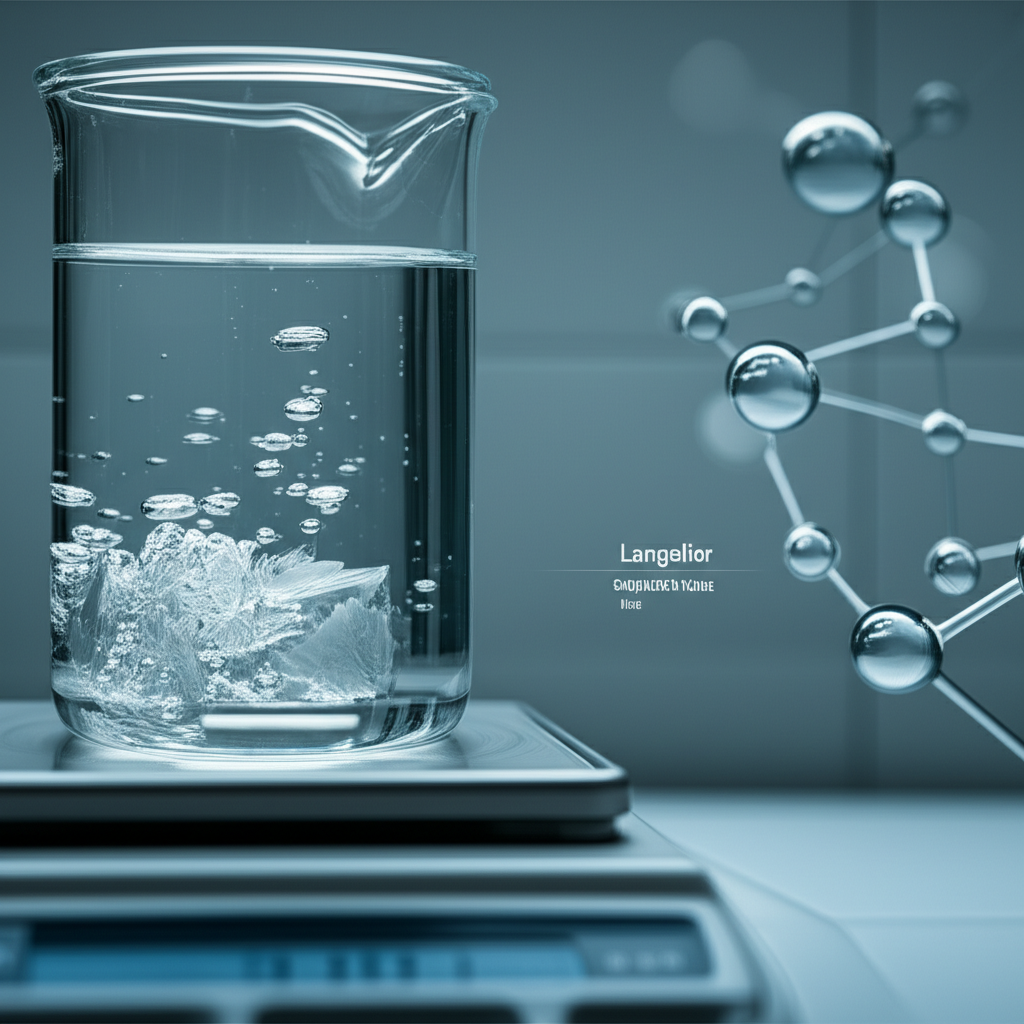- What Exactly Are Chloramines?
- The Misconception of the Strong Chlorine Smell
- Why You Should Act Against Chloramines
- How to Eliminate Chloramines and Banish That Awful Aroma
- 1. Shocking (Breakpoint Chlorination)
- 2. Maintain Proper Pool Chemistry
- 3. Dilution (Fresh Water)
- 4. Improve Circulation and Filtration
- 5. Encourage Responsible Swimmer Habits
- Understanding Your Pool Test Kit
- Conclusion: A Clean Smell is No Smell
Chloramines: These often-misunderstood compounds are the true culprits behind that pungent, “chemical” odor commonly associated with swimming pools. Far from indicating a clean and well-sanitized pool, a strong chlorine smell is actually a red flag, signaling an imbalance in your water chemistry and the presence of irritants that can make swimming less enjoyable and potentially irritating to your eyes, skin, and respiratory system. Understanding what chloramines are and how to manage them is key to transforming your pool from an olfactory offender into a refreshing oasis.
What Exactly Are Chloramines?
Many pool owners mistakenly believe that a strong “chlorine” smell means there’s too much chlorine in the water. In reality, the smell is due to chloramines, which are formed when chlorine reacts with nitrogen-containing compounds. These compounds are introduced into the pool by swimmers through sweat, urine, body oils, cosmetics, and even dead skin cells.
When chlorine (the disinfectant) combines with ammonia or nitrogen, it forms what is known as “combined chlorine” – precisely what chloramines are. This is distinct from “free chlorine,” which is the active form of chlorine that effectively sanitizes your pool and breaks down contaminants. Free chlorine is the good guy; chloramines are the byproduct that tell us the good guy is busy fighting contaminants but might be overwhelmed.
The Misconception of the Strong Chlorine Smell
Imagine walking into an indoor pool and being hit by that familiar, acrid odor. Most people instantly think, “Wow, they must have really dumped a lot of chlorine in here.” However, the opposite is true. If your pool has a persistent and strong chlorine smell, it indicates that your free chlorine levels are insufficient to neutralize the nitrogenous compounds present. The chlorine is combining with these contaminants faster than it can break them down, leading to an accumulation of chloramines.
These chloramines are less effective as disinfectants than free chlorine, and they are responsible for the unpleasant symptoms swimmers often experience: stinging eyes, itchy skin, and respiratory irritation. A healthy, properly sanitized pool with adequate free chlorine levels should have little to no odor.
Why You Should Act Against Chloramines
Beyond the unpleasant odor, elevated chloramine levels pose several problems:
Health Irritations: As mentioned, they cause eye redness, skin irritation, and can aggravate respiratory conditions like asthma, especially in enclosed environments like indoor pools. Professional swimmers and lifeguards are particularly susceptible to prolonged exposure.
Reduced Sanitization Efficiency: Chloramines consume free chlorine, meaning less active chlorine is available to kill bacteria, viruses, and algae. This can lead to cloudy water and potential health risks if pathogens are not adequately controlled.
Water Quality Degradation: High levels of combined chlorine contribute to cloudy or dull water, making your pool less inviting.
How to Eliminate Chloramines and Banish That Awful Aroma
The good news is that you can effectively reduce and eliminate chloramines, thereby removing the strong chlorine smell and improving your pool’s overall health.
1. Shocking (Breakpoint Chlorination)
This is the most direct method. “Shocking” your pool means adding a large dose of chlorine (usually calcium hypochlorite or dichloro-s-triazinetrione) to raise free chlorine levels significantly and rapidly. The goal is to reach “breakpoint chlorination,” where there’s enough free chlorine to completely oxidize and destroy all the chloramines and other nitrogenous compounds.
How Much? You’ll need to test your water for combined chlorine (CC) levels. For every 1.0 ppm of combined chlorine, you typically need to add 10 times that amount (10 ppm) of free chlorine to achieve breakpoint chlorination. Always follow the manufacturer’s instructions for your specific shocking product.
When to Shock: Shock your pool regularly (e.g., weekly or bi-weekly during heavy use) and definitely whenever you detect a strong chlorine smell, notice cloudy water, or after heavy bather loads or rain.
2. Maintain Proper Pool Chemistry
Consistent water balance is crucial in preventing chloramine formation in the first place.
Free Chlorine: Maintain free chlorine levels between 2-4 parts per million (ppm). This ensures there’s always enough active sanitizer to combat contaminants before they can form chloramines.
pH Levels: Keep pH between 7.4 and 7.6. This is the ideal range for chlorine to be most effective while also being comfortable for swimmers.
Alkalinity & Calcium Hardness: Test and balance these as they support stable pH.
Cyanuric Acid (CYA): For outdoor pools using stabilized chlorine, maintain CYA between 30-50 ppm. CYA protects chlorine from UV degradation but too much can reduce chlorine’s effectiveness.
3. Dilution (Fresh Water)
Adding fresh water can help dilute chloramine concentrations. Regular backwashing of your filter naturally removes some water, which is then replaced. For persistent high chloramine levels, consider partially draining and refilling a portion of your pool water, especially if you have a high Total Dissolved Solids (TDS) reading.
4. Improve Circulation and Filtration
Ensure your pool pump runs long enough each day (typically 8-12 hours) to turn over all the water at least once. A well-functioning filter removes suspended particles, reducing organic load that could react with chlorine. Regularly clean or backwash your filter according to manufacturer guidelines.
5. Encourage Responsible Swimmer Habits
This is a significant, yet often overlooked, preventative measure.
Shower Before Swimming: Encourage swimmers to rinse off before entering the pool. This removes sweat, oils, and cosmetics that contribute to chloramine formation.
No Urinating in the Pool: This is perhaps the biggest contributing factor to nitrogenous compounds. Educate swimmers, especially children, about using the restroom.
Understanding Your Pool Test Kit
To effectively manage chloramines, you need a reliable test kit. Look for one that measures:
Free Chlorine (FC): The active sanitizing chlorine.
* Total Chlorine (TC): The sum of free chlorine and combined chlorine.
You can then calculate your Combined Chlorine (CC) by subtracting your Free Chlorine from your Total Chlorine (TC – FC = CC). If your CC reading is above 0.2 ppm, it’s time to take action.
Conclusion: A Clean Smell is No Smell
The strong chlorine smell from your pool is not a sign of cleanliness but rather an indicator of a chemical imbalance caused by chloramines. By understanding their source and implementing consistent pool maintenance strategies – particularly regular shocking to achieve breakpoint chlorination, maintaining proper water chemistry, and encouraging good swimmer habits – you can effectively eliminate these irritating compounds. The result will be a healthier, more pleasant swimming environment with clear water and, most importantly, no offensive odor. Enjoy your truly clean pool!




